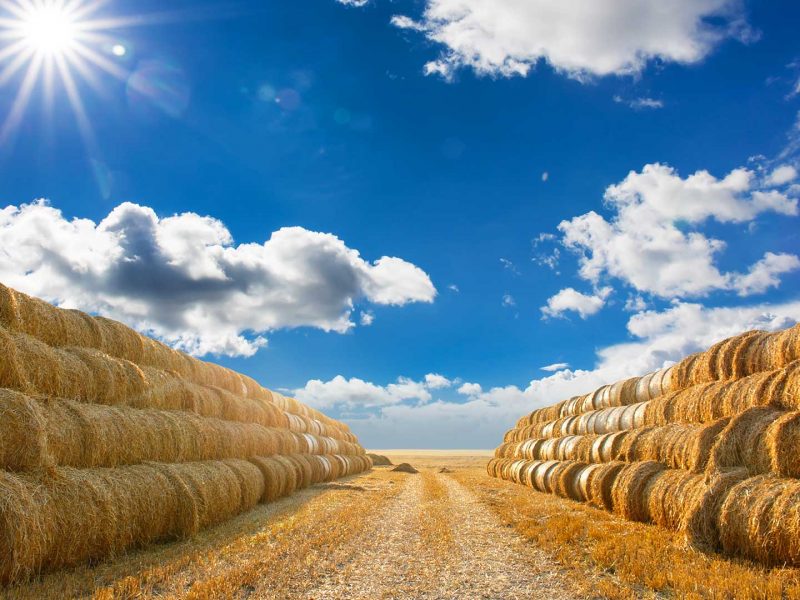
Usage of polypropylene – PP
Polypropylene can be processed by almost all technological methods for processing thermoplastic materials. But in practice, extrusion and injection are the most often used methods.
Usage of polypropylene in the packaging industry
PP is a leading material for the production of foils and is increasingly taking on the role of cellophane, metal foils, paper and other materials that have traditionally been used for product packaging.
The advantages of PP over these materials are better resistance to tearing and punctures, as well as lower cost. It is most often used for packing food and confectionery, cigarettes, and clothes.
As far as hard packaging is concerned, PP is widely used as well. Plastic crates for food and drinks are an ideal solution for transporting and storing food products. A special advantage of the crates is the possibility of multiple use, practically until they break or are damaged.
PET packaging lids and closures are also made of this material. And the blowing process also produces bottles for packing spices, detergents, and other hygiene products. PP is also used for the production of containers and cups (e.g., for yogurt) where it competes with polystyrene (which price of the material is lower, but the production costs are higher).
Usage in the automotive industry
In the automotive industry, PP is primarily used in the manufacture of vehicle interiors, but also for the manufacture of bumpers and exterior parts of vehicles. Polypropylene intended for these applications is characterized by a low coefficient of thermal expansion, high chemical resistance, resistance to weather conditions. The use of colored polypropylene reduces the need for subsequent painting of individual vehicle parts.
Consumer goods
PP is most widely used in the production of consumer goods. These include products for bathrooms, kitchens, gardens, furniture, devices, toys… These products are usually obtained by injection molding.
Products for industry
PP is used in this part to obtain a wide range of fibers, profiles, sheets, pipes, and foils. These products are mostly obtained by extrusion or injection molding. Within the construction industry, the most common application is PP for the production of water, sewage and drainage pipes. Synthetic polypropylene fibers are cheaper than fibers made of other materials, which is why they are often used in the textile industry.
The life of polypropylene does not end with the production of the finished product because this material can be recycled and reused. The number imprinted on the products of this material is no. 5.
From all the above, and thanks to its exceptional flexibility, it can be seen that this material is used for a large number of different usages and that the number of products in which it is used will continue the growth trend, which has been recorded since 1957, when its first commercial application was recorded.
Source: plastikainfo.com





